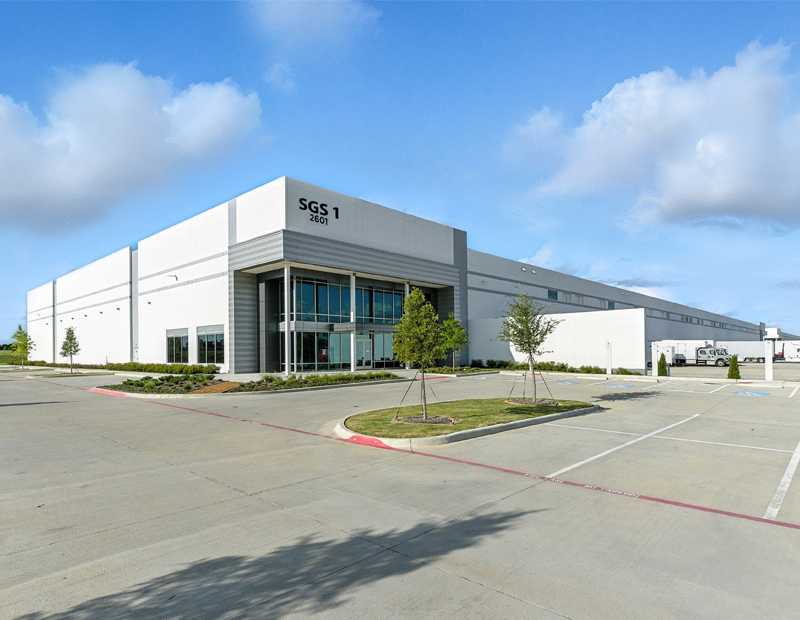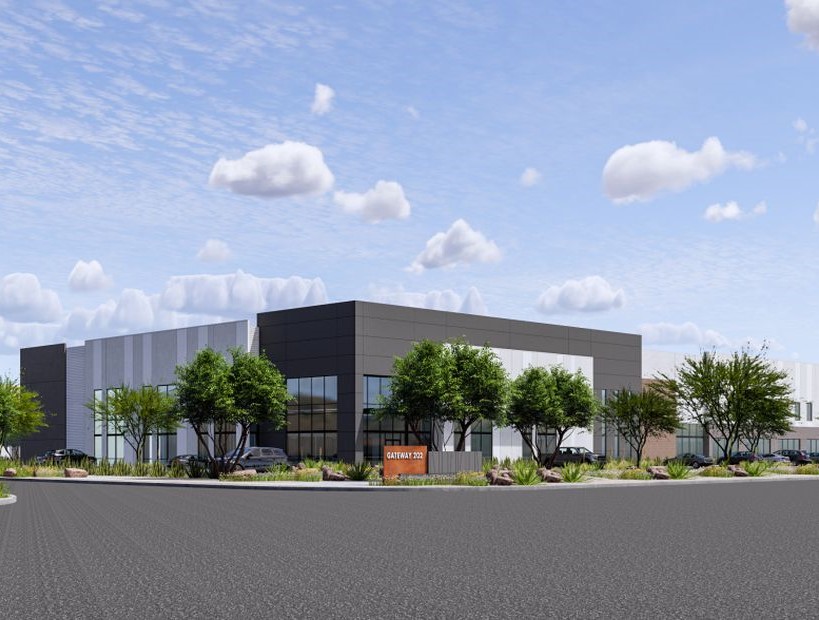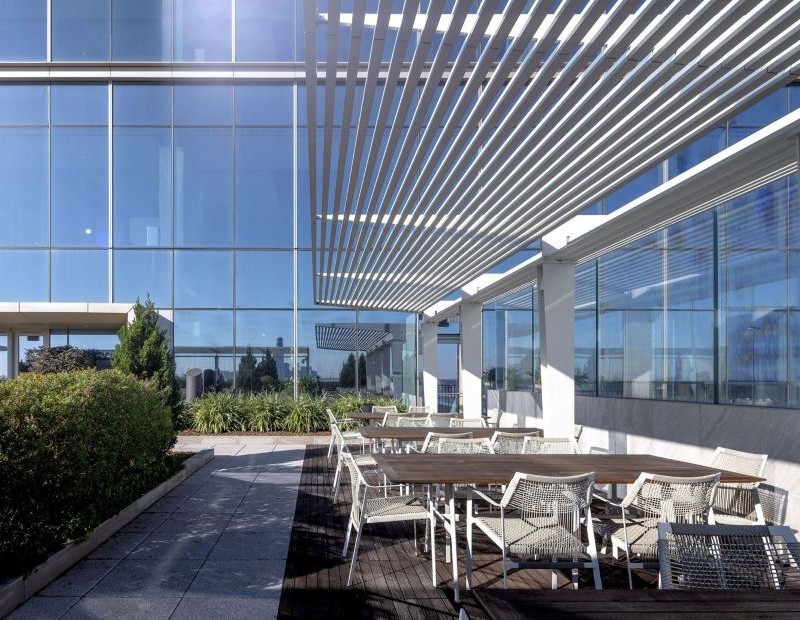Surban is the New Suburban
Millennials are looking to settle somewhere between the idyllic suburbs and bustling metros, leaving behind traditional household patterns.
By Corina Stef

Millennials have emerged as a generation shaped by the dynamics of urban living. However, as they age they are embracing the idea of having a family and a stable home. Since most metros are experiencing sky-high rents and cities typically have a higher crime rate than the suburbs, both people and businesses tend to migrate to the more affordable and calmer fringe markets.
The suburbs arose in the 19th and 20th centuries due to improved transportation and highways and people used commuting to get to their workplace. They were associated with “bedroom communities”—transitory areas where commuters live—which lacked lifestyle amenities and were stripped of urban elements. This is where the “surban” areas come in, and cater to the needs of today’s demanding Millennials.
Surban areas are new or redeveloped suburban districts that combine the best of what the city has to offer while keeping things suburban-level affordable. These areas add urban elements such as businesses for job opportunities, entertainment options and walkability to the suburban landscape, without giving up the fringe benefits of suburbia, such as stronger public schools.
Traits shaping trends
People living in these areas are provided with multiple entertainment and recreation options, such as shops, banks, fitness centers, theaters, cafes and dining. Shopping centers will sell experiences instead of goods, so the surban identity will neatly combine housing and retail, extending the highly urbanized live/work/play collocation.
Surban areas are within walking distance of a variety of mass transportation options, providing people easy and fast access to work and downtown areas. Investors are no longer thinking big in big cities, as secondary markets have stolen the spotlight by offering a younger and highly educated workforce, diverse economy and job opportunities. Office demand in this areas had already increased due to the overbuilt metros.
The surban landscape is populated by spacious homes and affordable prices. With the homeownership decreasing and rents increasing all over the U.S., Millennials are forming households more slowly than the previous generations, defying the traditional boundaries of urban and suburban living.
Surban developments have a profoundly family-oriented character. It offers access to good and safe schools, unlike the low-ranking schools crime-ridden urban neighborhoods have to offer. The sections also feature open green spaces and parks.
The local government has its say as well, as it encourages growth through redevelopment investments, pushing the revitalization of both urban and suburban areas. Some states have changed zoning regulations to make space for mixed-use and pedestrian-friendly developments.
Get to know the term “surban,” as it is most likely to be on everyone’s lips for the following years to come.







You must be logged in to post a comment.